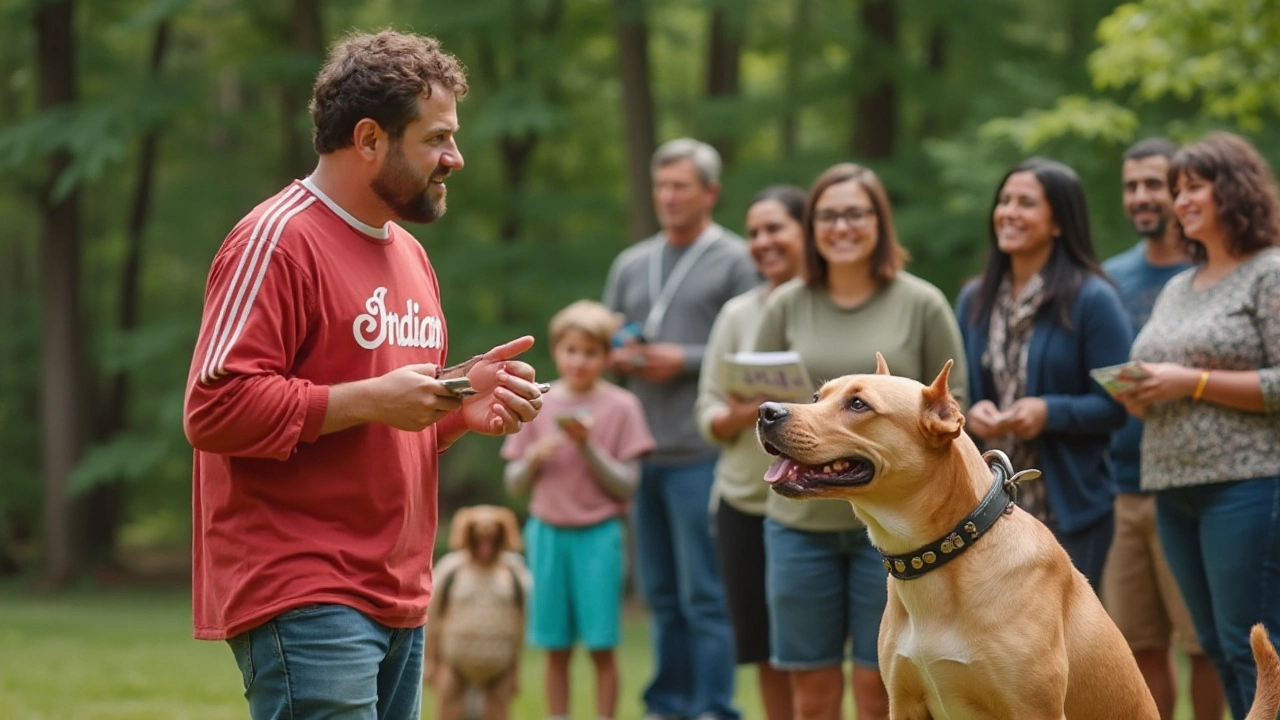How to Stop Dog Pulling and Enjoy Calm Walks
Ever feel like you’re being dragged around the block? Pulling is frustrating for you and stressful for your dog. The good news is you don’t need a magic wand—just a few easy habits and the right gear can change the whole walk.
Pick the Right Equipment
Start with a leash that gives you control without choking. A 4‑to‑6‑foot nylon leash works for most breeds. If your dog is a strong puller, try a front‑clip harness or a gentle leader. These tools shift the pulling force to the chest, making the dog learn that loose‑lead walking feels better.
Teach the "Stop and Go" Rule
When your dog lunges forward, stop walking immediately. Stand still, wait for the leash to slack, then give a cue like "let's go" and move forward. This teaches the dog that pulling = no forward motion, while a loose lead = progress. Keep the pauses short—just a few seconds—so the lesson stays clear.
Next, add a praise or treat the moment the leash relaxes. Positive reinforcement tells the dog that a calm walk equals rewards. Use small, tasty treats at first, then fade to verbal praise and a pat.
Consistency is key. Practice indoors on carpet or in a quiet yard before hitting busy streets. Short 5‑minute sessions work better than long, chaotic outings. As your dog gets the idea, slowly lengthen the walks.
Another simple trick is the "turn around" method. If your dog pulls, turn 180 degrees and walk the opposite way. The sudden change confuses the pull and refocuses attention on you. After a few steps, resume the original direction once the leash loosens.
Remember to keep the environment calm. Loud noises or other dogs can trigger excitement, causing sudden pulls. If you know a park will be crowded, bring a slow‑walk routine or a calming toy to keep focus on you.
Training isn’t just about equipment and commands; it’s also about your energy. Walk with confidence, keep a steady pace, and avoid jerky movements. Dogs read your body language—if you look tense, they’ll react similarly.
Finally, celebrate small wins. A few minutes of loose‑lead walking is progress, not perfection. Keep a quick log of each walk: note what gear you used, which cue worked best, and how long the leash stayed slack. Over time you’ll see patterns and can fine‑tune the approach.
Pulling doesn’t have to be a permanent habit. With the right gear, clear cues, and consistent praise, you and your dog can enjoy relaxed, enjoyable strolls together.

How Prong Collars Can Help and What to Know About Stopping Dog Pulling
Prong collars can be a controversial tool in the world of dog training. This article explores whether prong collars can effectively stop dogs from pulling and examines how they work, their safety, and alternative methods. We will look into the opinions of experts and discuss tips for using them correctly. Discover the steps to use training collars effectively and provide a better walking experience for you and your pet.
read more



